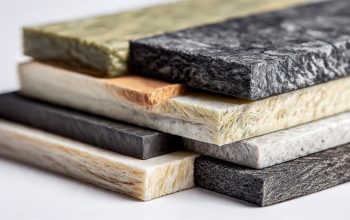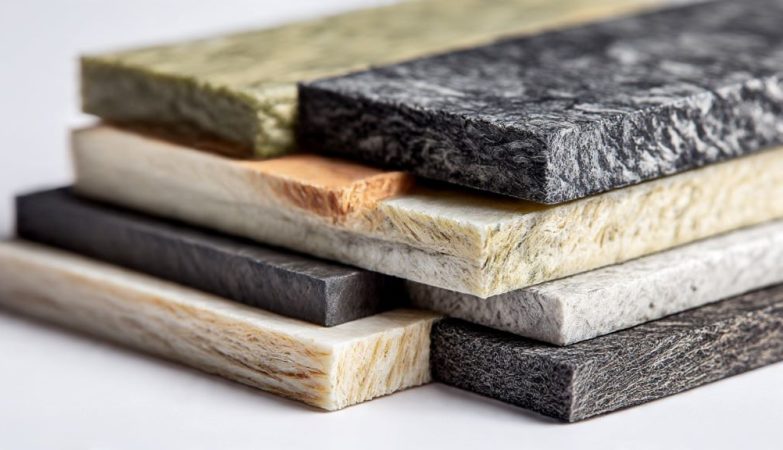In a bid to make construction more environmentally-friendly, manufacturers have come up with what is called green concrete, which is made of different materials and requires less energy to produce.
Why is traditional concrete so bad?
Concrete is made up of cement, sand, gravel and water and is the second most widely-used substance after water. This is because of its strength and durability, which makes it the best material for the construction of buildings, bridges and roads.
However, there are concerns that concrete is a major contributor of greenhouse gas emissions, due to the massive amount that is produced and consumed. In fact, it is said to be responsible for between 4 and 8% of the planet’s carbon dioxide.
Most of this is due to its production, which uses huge amounts of energy, as well as water. There are also concerns about its effect on health issues like asthma and, of course, its impact on wildlife.
Can green concrete help?
Eco-friendly and sustainable alternatives to traditional concrete which use less energy, materials and water are now widely available. Called green concrete, it produces much less carbon dioxide and is also more durable and cost-effective. If you are looking for concrete Stroud for a building project, there are several companies such as monstermixconcrete.co.uk/concrete-stroud/ that can give advice about it.
Green concrete also uses recyclable and recycled materials like wash water. The most common types are Ashcrete, which uses recycled fly ash from coal, blast furnace slag, which is another coal byproduct, and micro silica, a powder byproduct of silicon production.
As well as these cement substitutes, some construction firms are using reusable resources as a replacement for concrete. These aggregate alternatives include waste plastic, concrete debris, used consumer glass and paper, and they are all helpful in reducing the negative impact of concrete production.
Future alternatives
Research is still ongoing to find even more eco-friendly concrete options, with one British manufacturer claiming it has developed a concrete which can absorb carbon dioxide. Made using magnesium sulfate, it could have a major impact on construction.


